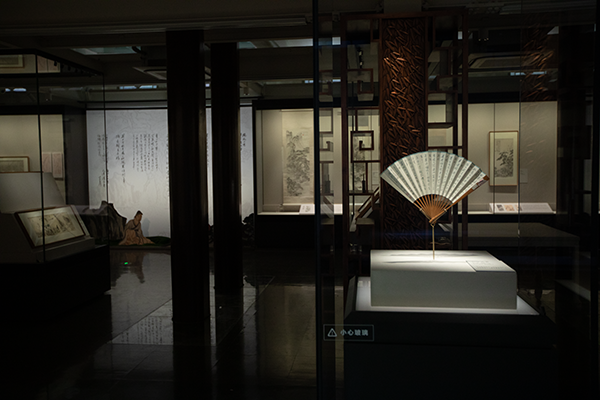Shandong province

Shandong Museum
The museum in East China's Shandong province hosts a collection of historical bronze vessels, paintings, calligraphy works and rare books, as well as ancient fossils and animal and plant specimens. Not to be missed are the relics bearing Neolithic Dawenkou and Longshan cultural elements, bronze artifacts from the Shang (c.16th century-11th century BC) and Western Zhou (c.11th century-771 BC) dynasties, and stone carvings from the Han Dynasty (206 BC-AD 220).
Click the link to learn more about the Shandong Museum

Daxinzhuang Site
The Shang Dynasty (c.16th century-11th century BC) Daxinzhuang Ruins Site was discovered in 1935 in Jinan city, Shandong province. There are 12 houses, eight wells, and 42 tombs that have been discovered there, and more than 700 cultural relics, including pottery, stoneware, bone-ware, mussel and bronze-ware, were unearthed at the site. In 2013, the site was certified as a national foremost protected cultural heritage site.
Dongpingling City Ruins
The Dongpingling City Ruins in Jinan city date back to the Han Dynasty (206 BC-AD 220). Cultural relics, such as coins, coin moulds, pottery, copper and stoneware, as well as various iron products were unearthed at the ruins.
The Dongpingling City Ruins have advanced the study of local history. The discovery of many iron smelting sites in the ruins from the Western Han Dynasty (206 BC-AD 24) has provided invaluable information for the history of metallurgy and demonstrated the important role of Dongpingling city as an industrial center in northern China during the Han Dynasty.
Xiaojingshan Site
Located in Jinan city, Shandong province, the Xiaojingshan Site dates back to the early Houli Culture (a Neolithic culture period 8,500-7,500 years ago). The main cultural relics unearthed at the site are houses, tombs, ash pits, millstones, and graphite rods. The discovery of the Xiaojingshan Site indicates that people had settled and led a stable life there, and the unearthed production tools shows that agriculture had already reached a high level at that time.
In 2006, the site was designated as a national foremost protected cultural heritage site.




